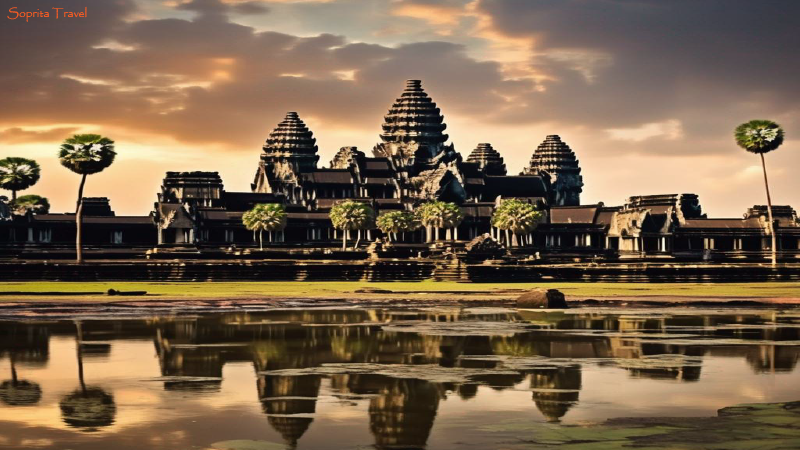Siem Reap is not a province itself, but rather a province in Cambodia. However, Siem Reap is indeed well-known for being home to the famous Angkor Wat temple complex. Here are some provinces in Cambodia, including Siem Reap:
1. Siem Reap Province: Located in the northwest of Cambodia, Siem Reap is known for its rich history and the Angkor Archaeological Park, which includes the iconic Angkor Wat temple. The province attracts millions of tourists each year.
2. Phnom Penh: As the capital and largest city of Cambodia, Phnom Penh is not a province but an administrative division. It is situated in the south-central part of the country and serves as the political, economic, and cultural center of Cambodia.
3. Battambang: Located in the northwest, Battambang is the second-largest city in Cambodia and the capital of Battambang Province. It is known for its French colonial architecture, Buddhist temples, and the bamboo train, a unique local transportation experience.
4. Sihanoukville: Situated on the coast of the Gulf of Thailand, Sihanoukville is a popular beach destination in Cambodia. It is the capital of Sihanoukville Province and is famous for its white sandy beaches, tropical islands, and vibrant nightlife.
5. Kampong Cham: Located in the eastern part of the country, Kampong Cham is the capital of Kampong Cham Province. It is the third-largest city in Cambodia and is known for its scenic countryside, French colonial buildings, and the Mekong River.
6. Kampong Thom: Situated in central Cambodia, Kampong Thom is the capital of Kampong Thom Province. The province is known for its archaeological sites, such as Sambor Prei Kuk, a UNESCO World Heritage site, and its rural landscapes.
7. Preah Vihear: Preah Vihear Province is located in the northern part of Cambodia, bordering Thailand. It is known for the Preah Vihear Temple, an ancient Hindu temple situated on a cliff, offering panoramic views of the surrounding area.
These are just a few examples of the provinces in Cambodia, each with its own unique attractions, history, and cultural significance.

